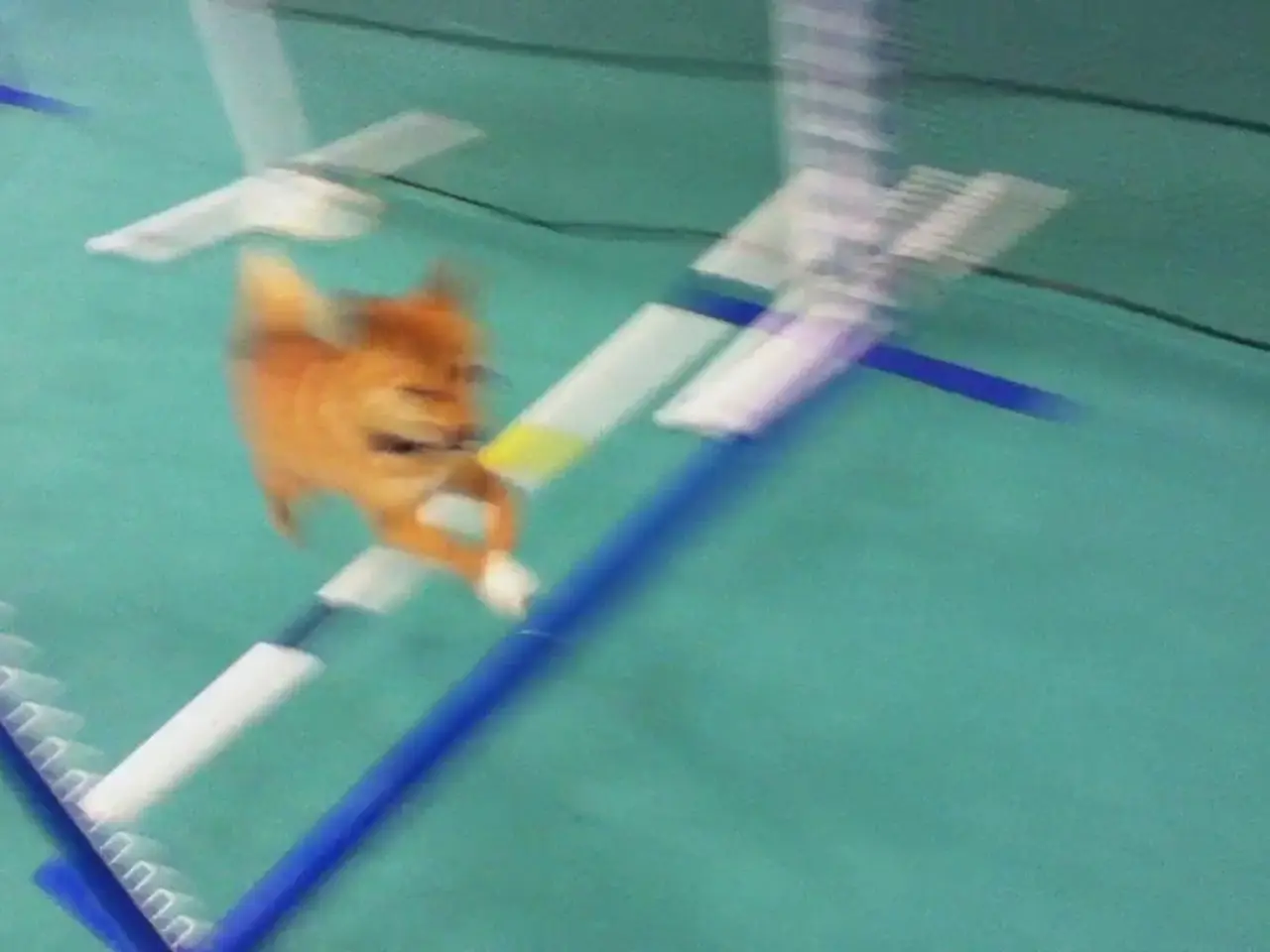Method to Activate GPU Rasterization in Google Chrome
In today's digital age, modern websites are increasingly graphically demanding, featuring smooth animations, complex layouts, and high-resolution assets. To handle these performance-heavy pages more efficiently, Chrome now offers GPU rasterization, a feature that shifts the workload to your graphics card (GPU).
By default, Chrome utilizes the CPU for rasterization, but enabling GPU rasterization can lead to smoother scrolling, quicker page loads, and better performance on media-rich sites. To activate this hidden browser feature, follow these steps:
1. Open Chrome and go to `chrome://flags`. 2. In the search box, type **"GPU rasterization"**. 3. Find the flag labeled "GPU rasterization" and set it to **Enabled**. 4. Restart Chrome to apply the changes.
This forces Chrome to use your GPU to rasterize webpages, significantly boosting rendering performance, especially on animation-heavy sites and canvas elements.
For a more advanced setup, consider launching Chrome with the following flags on Linux or customized setups:
- `--enable-gpu-rasterization` - `--ignore-gpu-blocklist`
These flags override GPU blacklists and enable zero-copy GPU rasterization for smoother frame rates and reduced CPU load.
Chrome's new rasterization backend, called **Graphite**, further enhances GPU rasterization by taking advantage of modern graphics APIs (Metal, Vulkan, D3D12) and multithreading, offering better visual smoothness and responsiveness on supported platforms like Apple Silicon Macs. While this backend is built into Chrome updates, enabling GPU rasterization flag ensures the browser leverages the GPU more aggressively now.
However, it's essential to note that GPU rasterization is an experimental feature, which may not function optimally on all systems. If issues such as crashes, visual artifacts, or no improvement arise, GPU rasterization can be easily disabled again.
Before enabling GPU rasterization, updating your GPU drivers is recommended to avoid potential issues. Searching for "GPU rasterization" on the flags page displays the GPU rasterization option.
In conclusion, enabling GPU rasterization in Chrome can help improve your browsing experience by offloading rasterization tasks to your GPU, making your browsing smoother and animations more responsive.
| Step | Action | |---------------------------|-------------------------------------------| | Enable flag | Go to `chrome://flags`, enable "GPU rasterization" | | Relaunch browser | Restart Chrome to activate the setting | | Optional (advanced) | Launch Chrome/Chromium with `--enable-gpu-rasterization --ignore-gpu-blocklist` flags for fuller GPU use |
Using the smartphone as a tool, one can navigate to the gadget known as Chrome by typing 'chrome://flags' into its technology called the web browser. Enabling the 'GPU rasterization' flag in this application can enhance the visual smoothness and performance of websites with high-resolution animations and complex layouts, particularly on smartphones.




